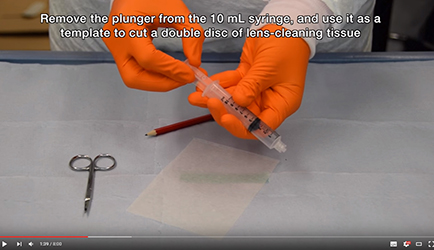
The ability to sequence Plasmodium DNA from blood samples collected from malaria patients has transformed the genetic study of this deadly parasite. However, a primary obstacle to whole genome sequencing (WGS) parasite DNA directly from infected whole blood remains the overwhelming contamination of human leucocyte DNA — typically >99% of the sample.
Members of the MalariaGEN Resource Centre, based at the Wellcome Trust Sanger Institute, developed a protocol for a leucodepletion cellulose column method that enriches the parasite DNA by binding and removing red blood cells from the sample. This protocol uses MN2100ff cellulose powder as an alternative to Sigma® (Whatman®) CF11 cellulose, which is no longer commercially available.
While there are other laboratory methods to reduce contamination with human leucocyte DNA, for example hybrid RNA baiting and magnetic separation, these methods are not always amenable to the field conditions in malaria-endemic areas. Cellulose powder columns are a low-cost, easy-to-assemble alternative for patient sampling in remote field sites that lack extensive lab facilities.
The protocol was tested in the laboratory and during a pilot field study carried out in 2015. The protocol is being made available pre-publication, and is subject to change.
Watch a video demonstration
Leucocyte depletion using MN2100ff cellulose columns


